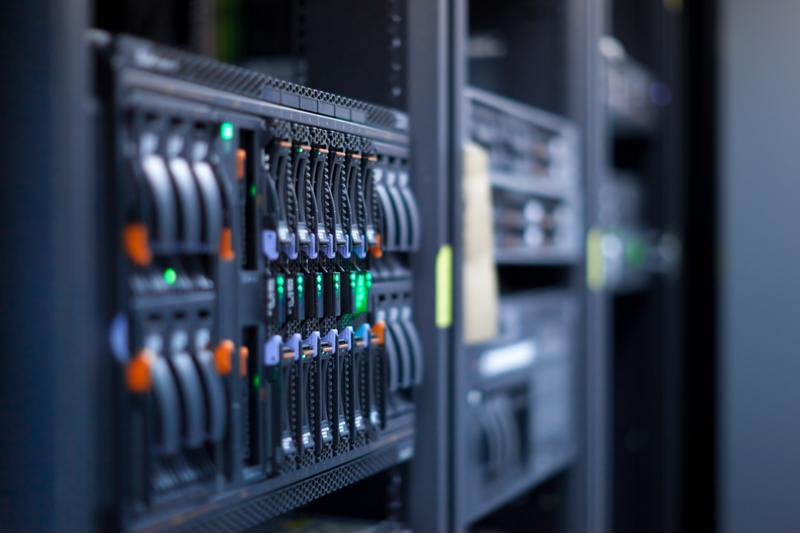How to beat the summer heat in the data center
How to beat the summer heat in the data center

Summer 2017 is officially here, and once again the possibility of record-high temperatures throughout the United States is upon us. For much of the American southeast, the first four months of 2017 were the hottest recorded in the past 122 years. Meanwhile, a heat wave just finished scorching northern and Midwestern states after tying or exceeding record temperatures in municipalities in Wisconsin, Iowa, Vermont and Maine – and it certainly won't be the last we've seen of such infernal conditions.
For data center managers, the swelter comes with a unique set of challenges – namely, temperature increases in facilities that require more cooling capacity than in the colder months. To an extent, expending more energy over the course of the next few months will be necessary to keep servers at safe temperatures. However, the trick to beating the heat without breaking the bank is less about data center cooling, and more about temperature and climate monitoring.
Douse yourself in data
"You can't manage what you can't see."
It's been said a million times, and it's worth saying a million more times: You can't manage what you can't see. That includes temperature. It's fair to say that most data center managers have probably employed some form of temperature monitoring in their facilities. However, balancing reliability and efficiency in the data center, especially during the hot summer months, requires more granular deployment of temperature monitors.
For example, cooling capacities will vary according to the location of a rack, and how high up equipment is mounted. According to TechTarget contributor Robert McFarlane, failure to accurately and precisely account for this variation can induce hotspots for two principle reasons:
- In an under-floor air facility, the highest racks are farthest away from cool-air sources. If treated air does not reach those racks, you will almost certainly create hotspots.
- Any equipment adjustments that fail to account for the unique conditions of a given rack can result in unforeseen temperature spikes.
A third possible, and ever so timely, cause of hotspots is rising external temperatures. If, for instance, one part of a facility is improperly insulated, the summer heat could easily cause temperatures to rise in certain parts of that environment. Without intensive localized monitoring, hotspots are all too easy to miss until it's too late to do anything about them – and that's essentially what we're getting at when we say "douse yourself in data."
Under Green Grid's Performance Indicator metrics, there are four levels or monitoring, with one being the most minimal and four entailing the use of temperature sensors in as many points in the data center as possible. Level four will provide the granular data that's needed to create advanced climate models within your facility. From here, you can use data center infrastructure management (DCIM) software to create heat maps and other visual representations of the facility that enable a more precise balance of performance and efficiency. In other words, the temperature comes down, but PUE only goes up nominally, if at all.

Be wary of other climate factors
Overheating is arguably the biggest climate-related source of risk in the data center during summer months. However, in many parts of the country, humidity is also a factor. If relative humidity is too high, condensation may form on equipment that can cause corrosion, resulting in unplanned downtime. The temperature at which this occurs is the dew point. Thus, it's important to use remote monitoring solutions that can measure relative humidity as well as dew point.
On the other end of the spectrum, some areas of the U.S., such as the Southwest, experience drier heat. In these cases, the lack of humidity can result in electrostatic charge that risks damaging sensitive electronics.
Finally, there's the concern of flooding. Hurricane season started June 1, 2017, and is expected to close out by Nov. 30, 2017. As the prevalence of tropical cyclones increases, data centers located in coastal areas or along rivers are at greater risk of flooding. While you can't deter a widespread deluge, you can lay cables that measure conductivity at low points of your data center. These can remotely indicate when the floor is damp, when it's wet and when water is accumulating, so that at the very least, staff will know the state of a given facility during inclement summer weather. This may even buy them enough time to redirect data traffic if possible.
At the end of the day, there's only so much data center managers can do to prevent their facilities from being affected by the summer climate. The next best thing is to detect changes early, and adjust swiftly.



